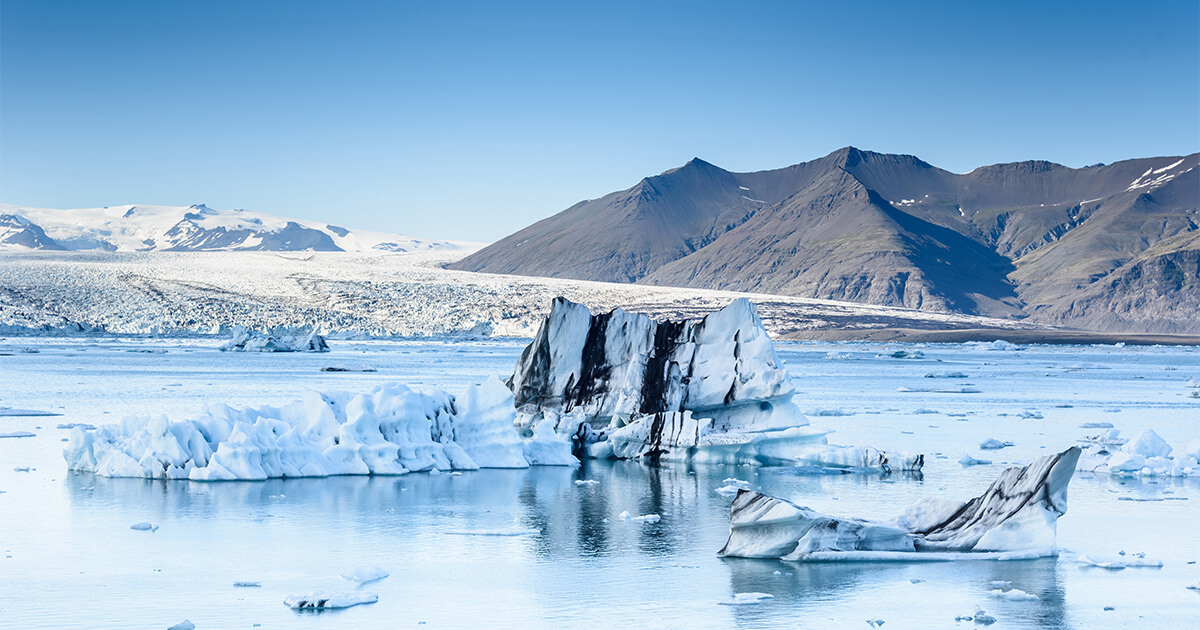The world is witnessing a noticeable increase in the frequency and intensity of extreme weather events such as hurricanes, droughts, heat waves, and heavy rainfall. This phenomenon can be attributed to anthropogenic global warming, a consequence of human activities that release greenhouse gases into the atmosphere.
The primary driver of anthropogenic global warming is the burning of fossil fuels, which releases carbon dioxide (CO2) and other greenhouse gases into the atmosphere. These gases trap heat, leading to a gradual rise in global temperatures. As the Earth’s average temperature increases, it disrupts the delicate balance of the climate system, triggering a cascade of interconnected effects.
One significant outcome of this warming trend is the alteration of atmospheric circulation patterns. Warmer air holds more moisture, leading to more intense precipitation events. This, in turn, increases the likelihood of flooding and landslides. On the flip side, regions experiencing prolonged droughts are becoming more vulnerable to wildfires due to drier conditions.
Furthermore, the warming of ocean waters plays a critical role in intensifying hurricanes and typhoons. Warmer waters provide more energy for these storms to develop and strengthen, resulting in more powerful and destructive events. Rising sea levels, another consequence of global warming, exacerbate the impacts of storm surges and coastal flooding.
Heatwaves have also become more frequent and intense due to global warming. Higher temperatures can lead to extended periods of extreme heat, which can have dire consequences for human health, agriculture, and ecosystems. Heat stress, crop failure, and disruptions to ecosystems are just a few of the outcomes associated with prolonged heat waves.
In conclusion, there is a clear and undeniable connection between anthropogenic global warming and the increase in extreme climate events. The excessive release of greenhouse gases into the atmosphere by human activities is disrupting the Earth’s climate system, resulting in more frequent and severe weather phenomena. Addressing this issue requires global efforts to reduce emissions and transition towards more sustainable energy sources.

